Will a Human Hair Wig Protect My Natural Hair?
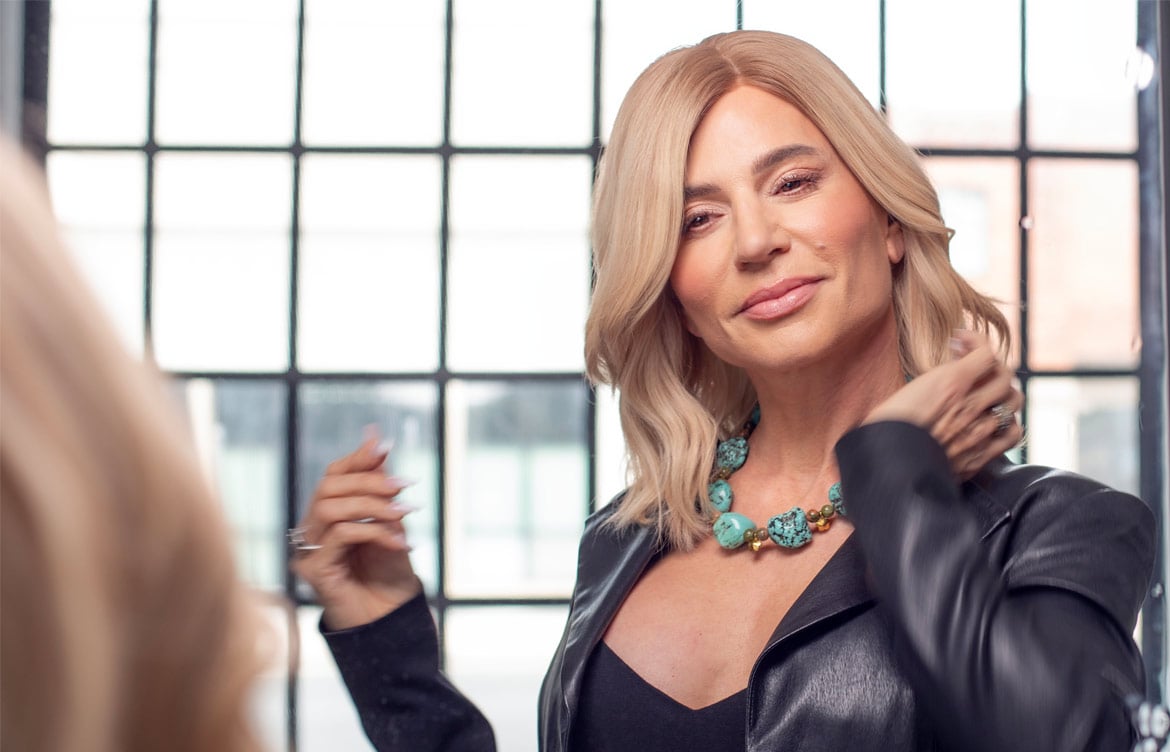
Are you worried about the health of your natural hair under a wig?
Wondering if opting for a human hair wig can actually protect thinning hair?
It’s normal to feel a mix of curiosity and concern when considering a wig for the first time. As the leading name in human hair wigs, Daniel Alain is committed to helping anyone searching for a wig to restore confidence and a sense of self.
This article will guide you through the benefits and considerations of wearing a human hair wig and protecting your natural locks.
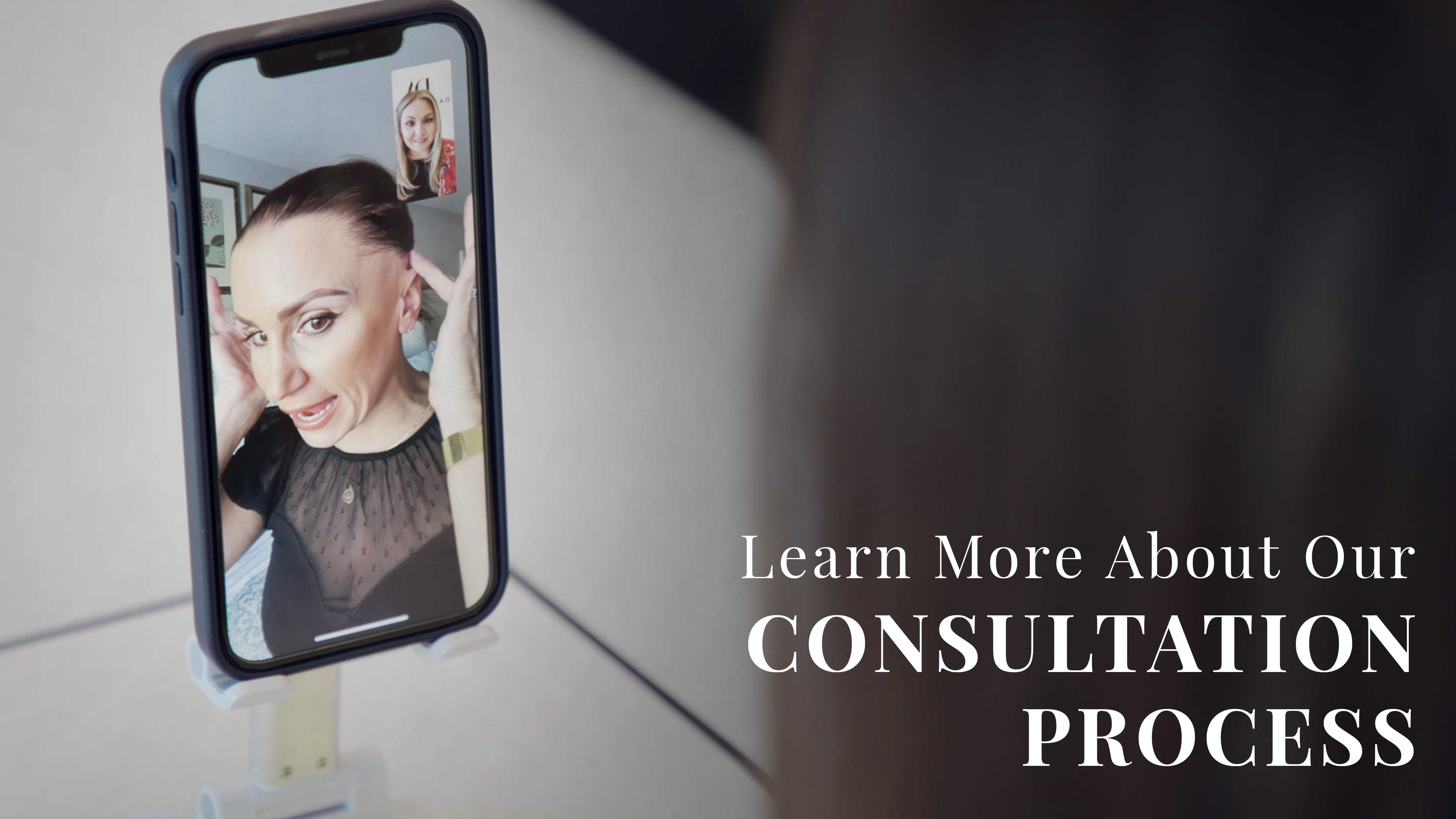
The benefits of a human hair wig
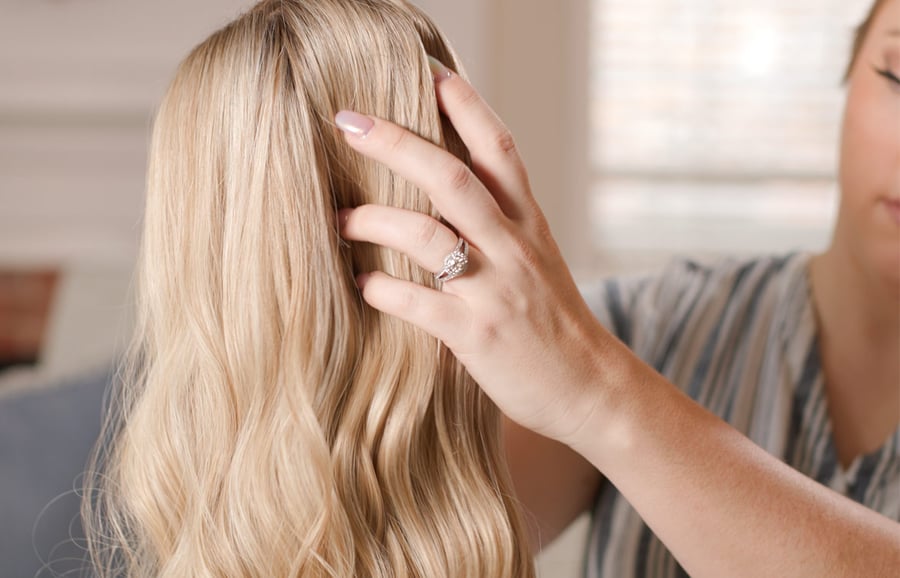
If you’re considering a wig, you may be drawn to the allure of human hair wigs for their natural appearance and styling versatility. However, these wigs also offer significant protective benefits, beyond aesthetics.
Breathability and a Natural Look
One of the significant features of human hair wigs is their breathability. Unlike synthetic options, which may trap heat and moisture, human hair wigs allow for air circulation to the scalp. This is crucial for maintaining a healthy scalp environment.
A well-ventilated scalp is less prone to issues like scratching, itching, and dandruff, which can arise from poor air circulation. This means your natural hair can continue to grow without being stifled by the humid conditions that can occur under less breathable materials.
Reducing Styling Damage
One of the most compelling reasons to opt for a human hair wig is the drastic reduction in styling damage to your natural hair. Daily hair styling, especially using heat tools like straighteners, curling irons, and blow dryers, can take a toll on your hair’s health and lead to dryness, breakage, and split ends. Chemical treatments, such as coloring, bleaching, and perming, further contribute to this damage and weaken the hair structure over time.
By wearing a wig, you can give your natural hair a much-needed break from these harsh styling routines. And with a human hair wig, you can enjoy the versatility of styling options while keeping your natural hair safely tucked away to encourage stronger, healthier growth.

How to wear a human hair wig without damaging your natural hair
Wearing a human hair wig can be a game-changer. We’ve heard countless stories from customers who feel transformed after finding their first natural-looking human hair wig. Let’s discuss some best practices for wearing a wig, maintaining scalp health, and choosing the right wig cap to ensure your natural hair and scalp remain in top condition.
How to Properly Put On a wig
Prepare Your Hair: Before putting on your wig, make sure your natural hair is clean, dry, and neatly arranged.
Adjust for Fit, Not Tightness: When securing your wig, aim for a snug fit that doesn't pull on your natural hair or scalp. Wigs with adjustable straps or bands are ideal as they can be easily modified for comfort without resorting to tight grips that can cause damage.
Take Breaks: Regularly give your scalp and natural hair a break from the wig. This allows your skin to breathe and reduces the risk of traction alopecia associated with prolonged tension.
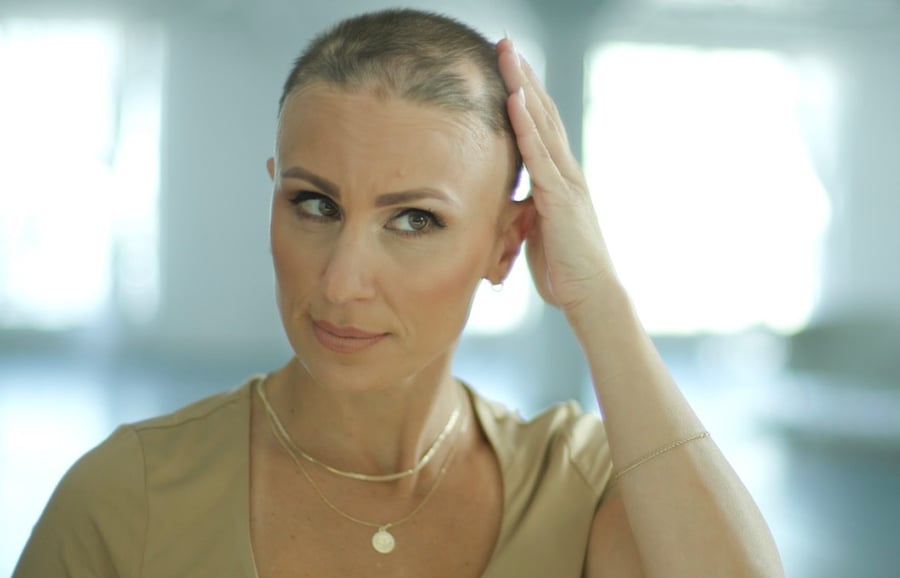
How to Maintain Scalp Health
A healthy scalp is the foundation of healthy hair, whether you're wearing a wig or not. Here are ways to keep your scalp in great condition:
Regular Cleansing: Even when wearing a wig, it's important to maintain a routine of washing your natural hair and scalp to remove sweat, oil, and product buildup. Use gentle, sulfate-free shampoos to avoid stripping natural oils.
Moisturize: Keep your scalp and hair moisturized with lightweight, non-comedogenic oils or lotions. This prevents dryness and irritation that can be exacerbated under a wig.
Choosing the Right Wig Cap
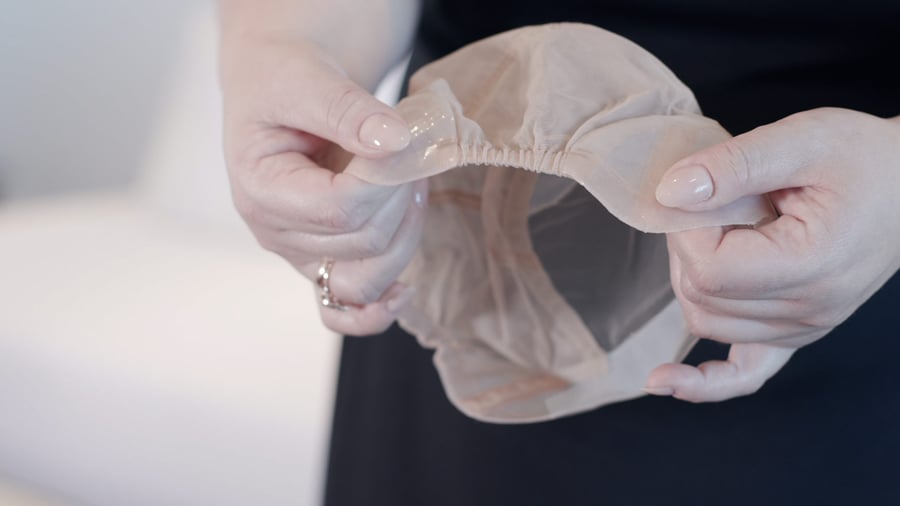
The material of your wig cap plays a crucial role in both comfort and protection:
Breathable Materials: Look for wig caps made from lightweight, breathable materials that allow airflow to the scalp, reducing sweat and irritation.
Take Accurate Measurements: Using a soft tape measure, measure the key areas of your head and note them down.
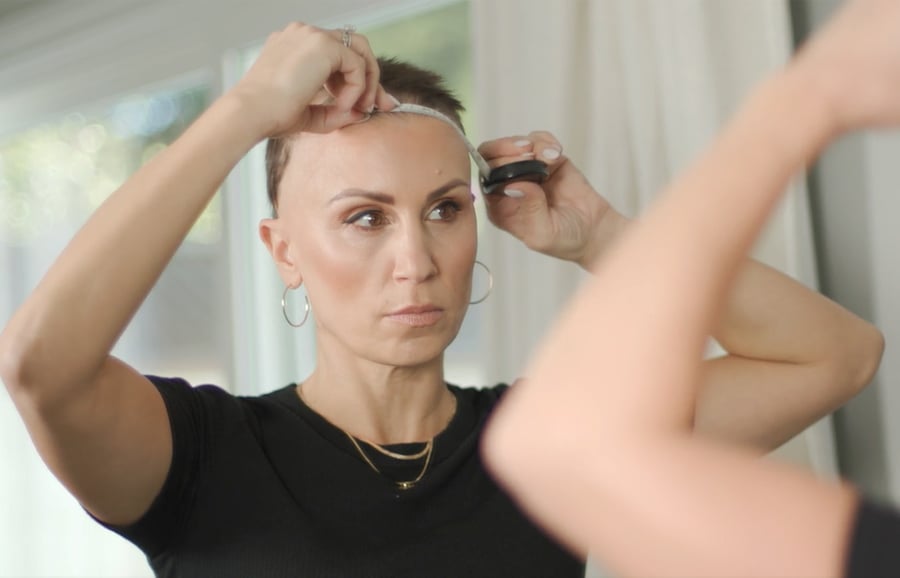
Consult Size Charts: Most wig brands provide size charts that correlate specific measurements to their cap sizes. Compare your measurements to these charts to find your best fit.
Work with a Brand That Offers a Wide Range of Cap Sizes: Not all heads are the same size or shape, so it's beneficial to choose a brand that offers a variety of cap sizes. This will ensure a higher chance of finding a cap that fits your head perfectly, without having to compromise on comfort or the security of your wig.
Consultation with a Wig Specialist: A professional wig specialist or stylist can provide personalized advice based on your head measurements, shape, and specific needs. They can help you navigate the options available and recommend the best cap construction for your lifestyle and comfort.
Common Wig-Wearing Mistakes to Avoid
Neglecting Natural Hair Care
It's easy to adopt an "out of sight, out of mind" attitude towards your natural hair when it's covered by a wig, but this approach can lead to detrimental effects on your hair's health.
Wearing Wigs Too Tightly
A secure fit is important, but there's a fine line between a wig that's snug and one that's too tight. Overly tight wigs can cause a host of issues:
- Traction Alopecia: This form of hair loss occurs when there's constant tension on the hair roots, often as a result of tight hairstyles. It can lead to permanent hair loss if not addressed.
- Scalp Tension and Headaches: Besides hair loss, too much pressure can cause discomfort, headaches, and even damage to the scalp.
Real-Life Experiences and Tips
As Daniel Alain customer, Merritt reports, “I think that a lot of people with thinning hair have concerns about every single strand of hair staying on our head. We simply don’t want to do further damage to our hair.
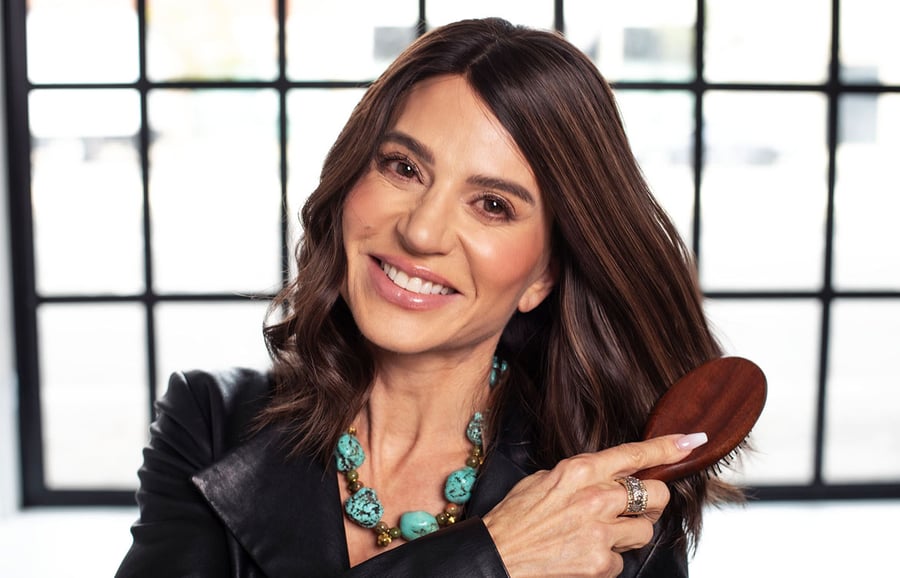
I have found that by wearing a high-quality human hair wig, I’m not dying my hair anymore and I’m able to let my hair go natural. I’ve noticed that my natural hair feels stronger and healthier. I still have hair loss, but it’s good to know I’m not doing any further damage. My advice? Don't wait as long as I did to explore wigs as an option."
Daniel Alain consultant, Janet, attests, "I've seen numerous clients come through my doors with significant damage from regular coloring treatments - brittle strands, breakage, and severe dryness.
The cycle of damage seemed endless until they explored the option of human hair wigs. By finding the perfect match, my clients were able to give their natural hair a much-needed rest from the harsh chemicals found in dyes, and grow stronger and longer than they thought possible.”
How Can I Ensure a New Wig Will Protect My Natural Hair?
You may have started this journey with concerns about how a wig might affect your natural hair's health, fearing damage or discomfort. These are common concerns for anyone experiencing hair loss and considering a human hair wig.
This article has given you a better understanding of how a human hair wig can protect your natural hair and lead to growth and a healthy scalp environment. We also discussed the importance of choosing the right cap and avoiding the common pitfalls, and you should be feeling confident about making the right decision for you.
If you’re curious about our human hair wigs and how they might help protect your natural hair, consider making an appointment with a Daniel Alain consultant. You don’t have to go on this journey alone - we would be honored to guide you every step of the way.


.jpeg)